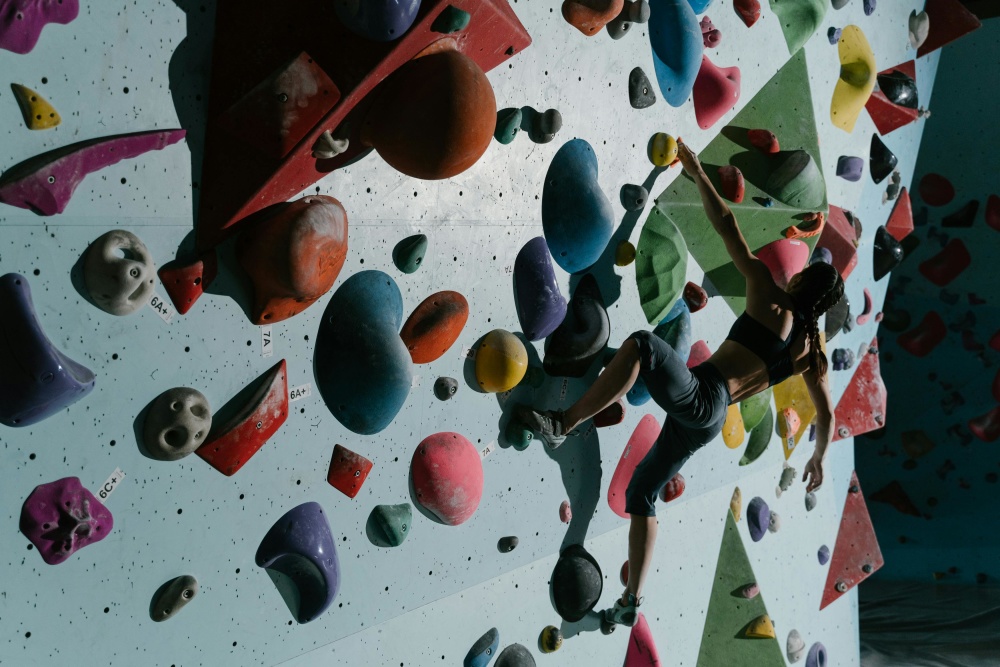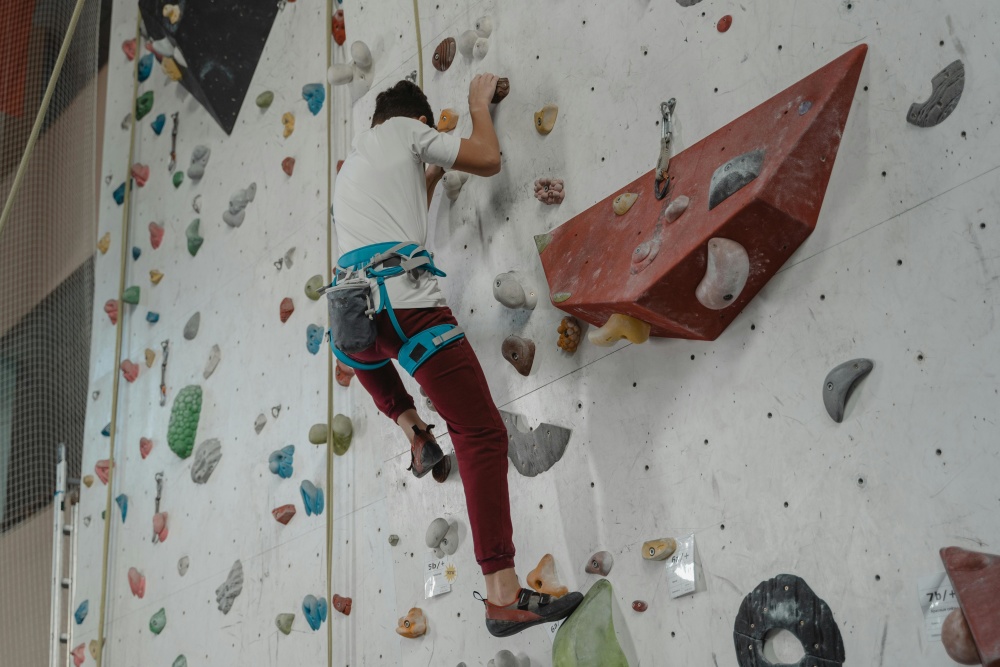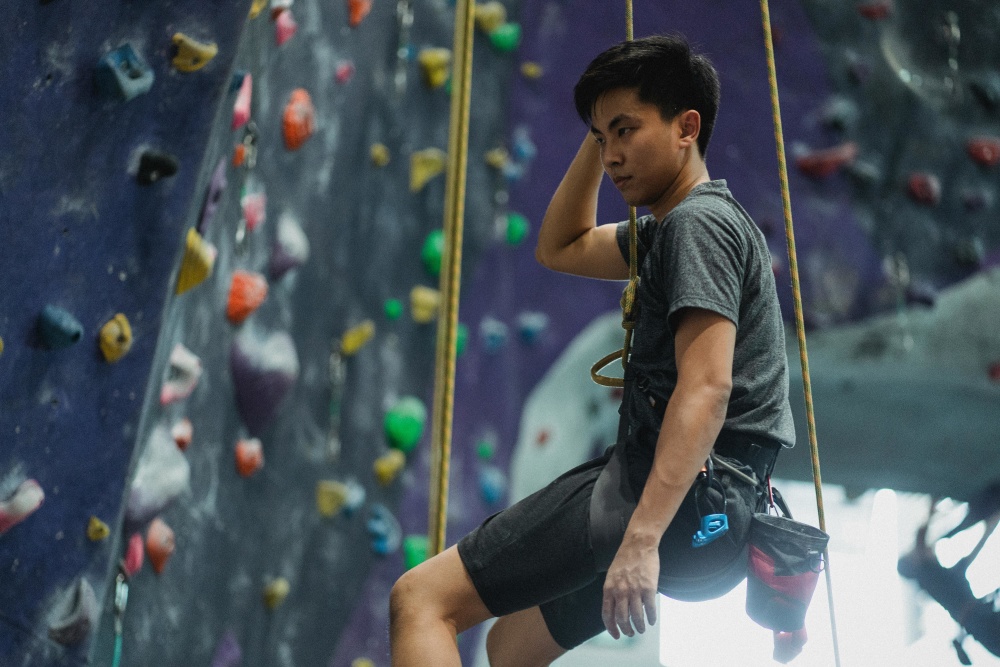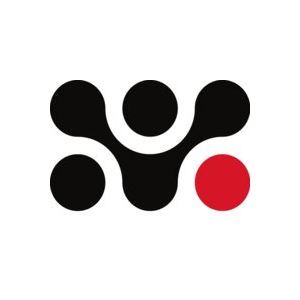Updated July 11, 2025
Bouldering in Japan: Gyms and Starter Guide
Enjoyed both indoors and outdoors, bouldering is more popular in Japan than you might think.
The sport has gained significant traction in Japan in the past five years or so. Bouldering is a form of free rock climbing, which explains the oddly shaped colorful holds you'll find on Japan's rock walls.
So, if you’re a climber moving to Japan, you’ll be glad to know that there are plenty of bouldering gyms here and many outdoor bouldering spots, which I’ll tell you all about in this guide. And if you want to try it out as a beginner, I’ll provide some starter tips and mention some clubs you can join.
So, let’s explore Japan’s bouldering scene together!
What Is Bouldering: Climbing, Explained
Bouldering is essentially freeform climbing, usually done outdoors without a harness or ropes – it’s all about using the small ledges and protrusions of rock formations to scale up boulders and mountains. However, the sport can be done indoors as well.
If you’ve ever seen a big indoor wall with colorful blobs sticking out of it, that’s called a climbing wall. These walls are specially designed to hold those funny shapes in places, which are called holds.
Although they may seem random, these holds are usually color-coded and placed strategically to mark climbing routes that range from easy to pro.
So, following the same color, you can safely climb a set route depending on your skill level.
While the great outdoors doesn’t offer the same convenience, the thrill of climbing natural rock formations by leveraging the tiniest ledges to your advantage is like no other.
Climbing takes great physical strength and balance, and it is also a mental challenge, requiring on-the-go problem-solving skills as well as mental endurance. To provide a similarly challenging and varying experience, indoor gyms utilize other equipment in addition to holds, such as volumes, which are geometric shapes added onto the wall’s surface to create additional climbing surfaces at varying angles.
Speaking of which, let’s go over some Japanese climbing vocabulary that’ll come in handy when you go bouldering in Japan.
Useful Japanese Bouldering Vocabulary
In Japanese, many bouldering terms sound quite similar to their English counterparts, likely because they were directly adopted from English. For instance, to start with some basic words:
Boulder: ボルダー (Borudā)
Chalk: チョーク (Chōku)
Kneebar: ニーバー (Nībā)
Hold: ホールド (Hōrudo)
Crimp: クリンプ (Kurinpu)
Heel Hook: ヒールフック (Hīru hukku)
Grade (as in climbing difficulty): グレード (Gurēdo)
That said, other terms may not be as easy to decipher. Here are a few examples:
Feet Free: 足自由 (Ashi jiyū)
Left (To mark the start hold): 左 or ひだり(Hidari)
Right (To mark the start hold): 右 or みぎ (Migi)
Volumes: ボテ (bote)
Aretes: カンテ (kante)
Is Bouldering a Big Sport in Japan?
While it’s quite popular today, bouldering wasn’t always the hottest sport in Japan. In fact, according to the renowned Japanese climber Noguchi Akiyo, an Olympic Bronze medal winner, bouldering wasn’t even a competitive sport when she began climbing as a kid.
It’s not just in Japan, either. Even though climbing was already competitively done worldwide, the Olympics didn’t even recognize it as a truly competitive sport until 2020 at the Tokyo Games. This was also when Noguchi won Japan a medal for climbing.
While the sport was already gaining popularity in Japan as with the rest of the world, Noguchi Akiyo’s medal-worthy performance in the Olympics put climbing in the spotlight like never before, especially in the competitive scene.
Today, climbing gyms are quite common across Japan. They serve as a nice family activity for casual climbers while providing experienced enthusiasts and pros with practice space in nearly all cities of the country.
Over time, climbing has become a beloved sport here, leading to Japan excelling in various climbing competitions around the world, growing as a tour de force in sport climbing.
Other famous athletes like Akira Waku and Katsumasa Ueno continue to excel, making Japan proud in competitions worldwide.

Can Beginners Try Bouldering?
Compared to most sports, bouldering is remarkably inclusive. No matter your body shape, stature, or height, there are ways to utilize your body’s strengths to scale up climbing walls and rocks.
Besides, unlike many sports, you don’t have to start bouldering at a very young age to become a pro or even compete in climbing tournaments. For instance, famous Japanese climber Akira Waku only started climbing in his 30s.
So, to answer the questions directly: Yes, beginners can absolutely try their hand at bouldering regardless of their age.
For starters, with a little guidance and instruction, anyone can try climbing safely at a climbing gym. The sport is very approachable, and the abundance of indoor bouldering places in Japan makes it a great choice as a hobby as well.
At most bouldering gyms, you can even rent shoes and other basic equipment. So, merely showing up at a bouldering gym is often all you need to get started, so let’s look at some options.
Japan Bouldering Gyms: Best Indoor Options
To try your hand at climbing up those colorful blobs as soon as possible, you’ll need to find a convenient climbing spot. Luckily, there are plenty of indoor climbing gyms in Japan located in central spots, so you can get started conveniently.
Let’s take a look at some beginner-friendly climbing gyms, as well as ones for pros, all located in the most accessible spots in their respective cities.
Spo-Dori! Bouldering, Tokyo
Address: Bunkyo City, Koraku, 1 Chome−3−61, Yellow Building, 3F ボルダリング, Tokyo, 112-0004
If you’re in Tokyo, Spo-Dori! Bouldering at Tokyo Dome City is the best spot to get your climbing on. This is a great place for beginners and pros alike, as the staff is excellent at guiding newcomers and acquainting them with the basic rules of the sport.
Spo-Dori! is number one for a reason – the facility houses the biggest indoor bouldering wall you can find in Tokyo! With 8 levels of inclination, the wall is accompanied by a moon board for more advanced climbers as well.
Noborock Shibuya, Tokyo
Address: Shibuya-ku, Sakuragaoka-cho 9-1 Bianquado Building B1, Tokyo
Conveniently located in the heart of Tokyo, Shibuya, Noborock is only a short walk away from the Shibuya station. This is one of six locations of the bouldering gym franchise and is the most accessible one.
Noborock is another bouldering gym for both beginners and advanced climbers, and it has multiple walls for all levels of climbers, even for kids.
You can become a member at Noborock to use the facilities regularly, but the one-time entry fees are affordable as well. If you’re a beginner, the staff at Noborock will happily explain the basics.
Gravity Research, Osaka
Address: 大阪市北区大深町 3-1 グランフロント大阪 ナレッジキャピタル6F
Climbing Gym Gravity Research is another sports chain with six locations across Japan. The Umeda location in Osaka is accessible from Umeda and Osaka stations on all lines, making it the best choice for climbers in Osaka.
You can rent the shoes and other basic equipment on the spot, and Gravity Research even offers a “starter pack” for absolute beginners. Children with their parents are welcome here as well.

Rockmate Matsuiyamate, Kyoto
Address: Kyoto Prefecture Kyotanabe City Yamate Chuo 3-2 Branch Matsuiyamate 2nd floor
By far the best bouldering gym in Kyoto, the Matsuiyamate branch of Rockmate Bouldering Gyms is yet another great place for both beginners and advanced climbers.
In fact, this is also the best bouldering gym for kids in Kyoto. Instructors are available if you don’t feel confident, and the staff is friendly. They also have an Otsu location, so if it’s more convenient and accessible to where you live, the bouldering gym there maintains the same standards of excellence as the one in Kyoto.
MyWay Climbing Gym, Fukuoka
Address: 1 Chome-47-15 Yokohama, Nishi Ward, Fukuoka, 819-0166
Located in beautiful, beachy Fukuoka, MyWay Climbing Gym is one of the best climbing places you’ll find in the city and it’ss open 24/7.
It’s a friendly environment where some of the staff speak English. You can get instructions as a beginner too, but I should note that the place is usually unstaffed during the weekdays. The self-access system allows customers to access the gym upon online reservation, even if they’re new members during unstaffed hours.
You can rent and buy basic equipment on the spot, but sadly, no showers are available.
Climbing Gym B’Nuts, Sendai
Address: 3 Chome-3-5 Kokubuncho, Aoba Ward, Sendai, Miyagi 980-0803
In downtown Sendai, you’ll find Climbing Gym B’Nuts. This is a climbing gear shop and a gym combined, so you can get started with new gear on the spot, and the owner personally gives instructions for beginners.
You have multiple walls at varying angles for bouldering, as well as a 4-meter-tall lead wall for rope climbing. While there are no showers, there’s a place you can rest for a while in addition to the changing rooms.
NAC Sapporo Climbing Gym
Address: 1 Chome-1-1 Higashisapporo 3 Jo, Shiroishi Ward, Sapporo, Hokkaido 003-0003
Located in Sapporo in the Hokkaido Prefecture, Sapporo Climbing Gym is the go-to place for all climbing enthusiasts in the area. The place is huge with a 10-meter-tall wall that contains hundreds of routes at varying difficulty levels, and there are lower walls for bouldering without ropes as well.
On the big wall, you have 67 top ropes, and everything is accessible to beginners. Shoes, chalk, and other basic equipment can be rented out here, and children are also welcome with their parents.

Outdoor Bouldering Japan: The Best Outdoor Bouldering Spots
Indoor gyms are an accessible option, but climbing is best when the weather is ideal and you get to do it outside. Besides, Japan is no short of breathtaking climbing spots with beautiful vistas, turning your climbing experience into a full-on adventure.
So, let’s now take a look at some of the best bouldering spots in Japan where you can climb outdoors to your heart’s content.
Mitake Gorge: Olympian’s Recommendation
Japan is no short of outdoor bouldering spots, and we would be doing a disservice if we didn’t start with Mitake Gorge, which is the Olympic medalist Noguchi Akiyo’s go-to recommendation.
Only an hour and a half away from Tokyo, this is a great place for beginners. In fact, it’s where Noguchi first started climbing. The famous boulder located here, aptly called “Gateway to Bouldering,” is a perfect place to try outdoor bouldering for the first time.
Located in Ome City, Mitake Gorge is also home to a popular hiking trail and is part of the Chichibu Tama Kai National Park.
Mount Ogawayama: The Most Popular Climbing Spot in Japan
Chichibu Tama Kai National Park houses multiple climbing locations, and while Mitake Gorge is the closest one to Tokyo, Ogawayama, a mountain located inside the national park, is actually the most popular climbing destination in the country.
Mount Ogawayama is famous for having the highest number of trad and sports routes and is especially crowded during the summer. To catch the area at its finest with not too many people around, I recommend visiting here in the Spring or Fall.
You can stay at the Mawarimedaira Camp Ground, which is the closest campsite to the climbing spots at Ogawayama.
Mount Mizugaki
Located close to Mount Ogawayama, another popular climbing destination in Japan is Mount Mizugaki. Camping out at the Mizugakiyama Natural Park campsite, you can enjoy climbing the various routes and grades at this scenic climber’s heaven.
The Kasemari area has the best choice of routes that allow for different climbing styles, allowing beginners to try outdoor rock climbing.
There are approximately 600+ routes here, so even the most professional climbers will manage to find a challenge. The area is most crowded during summertime but gets visitors all year round.
Futagoyama
So far, we have only discussed the most popular spots, which tend to be super crowded, especially when it’s nice outside. Futagoyama, with its limestone formations, is a nice, more chill alternative and is only a few hours away from Tokyo.
In fact, seasoned local climbers in the area are actively creating new routes on the huge limestone and volcanic rock overhang to attract new tourists and develop the area.
This also means that there aren’t many guides available here, especially for foreigners, but if you’re a pro and looking for a challenge to overcome in peace, Futagoyama should be your go-to.
Bichu
If you’re looking for another quiet alternative, Bichu is located just a few hours away from Okayama City.
This is by far the most out-of-reach place on this list, but this might just be what you’re looking for. If you’re an experienced climber and want to escape the city, where not a soul is in sight, Bichu is a great destination.
Bichu has the largest number of limestone climbing routes in Japan, and spring and summer are the best times to visit, especially because even at its peak season, the place is far from crowded.
Closing Thoughts: Bouldering Competitions and Clubs in Japan
While you know where and how to get started, there’s also a social side to bouldering from which you can benefit greatly, whether you are a beginner or a pro.
So, in closing, I’d like to suggest a few bouldering clubs, as well as competitions you can join to be a part of the climbing community here.
If you’re in Tokyo, you have great active clubs with thousands of members and organize climbing trips frequently at your disposal, like the Tokyo Climbing Community. Aizkorri Hikers&Climbers Club is another popular Tokyo-based club with a larger scope.
The Facebook Group Rock Climbing Japan is a general group for all climbers in Japan. You can ask all your questions here and connect with the online climbers community, even if you’re living outside Tokyo.
In addition to these, attending events is another great way to get into the community, and Japan has a very active competitive scene. For one, you have the Boulder Japan Cup, organized by the Japan Mountaineering and Sport Climbing Association (JMSCA). This is a series of annual events with multiple sub-competitions, and there’s even a competition for high schoolers.
So, I wasn’t kidding when I said that Japan is a climber’s heaven. There’s lots to do and many brilliant people to get acquainted with. While this is it for climbing in Japan, if you’re looking for other hobbies to get into, my guide to hobbies in Japan should do the trick.
Get Job Alerts
Sign up for our newsletter to get hand-picked tech jobs in Japan – straight to your inbox.









